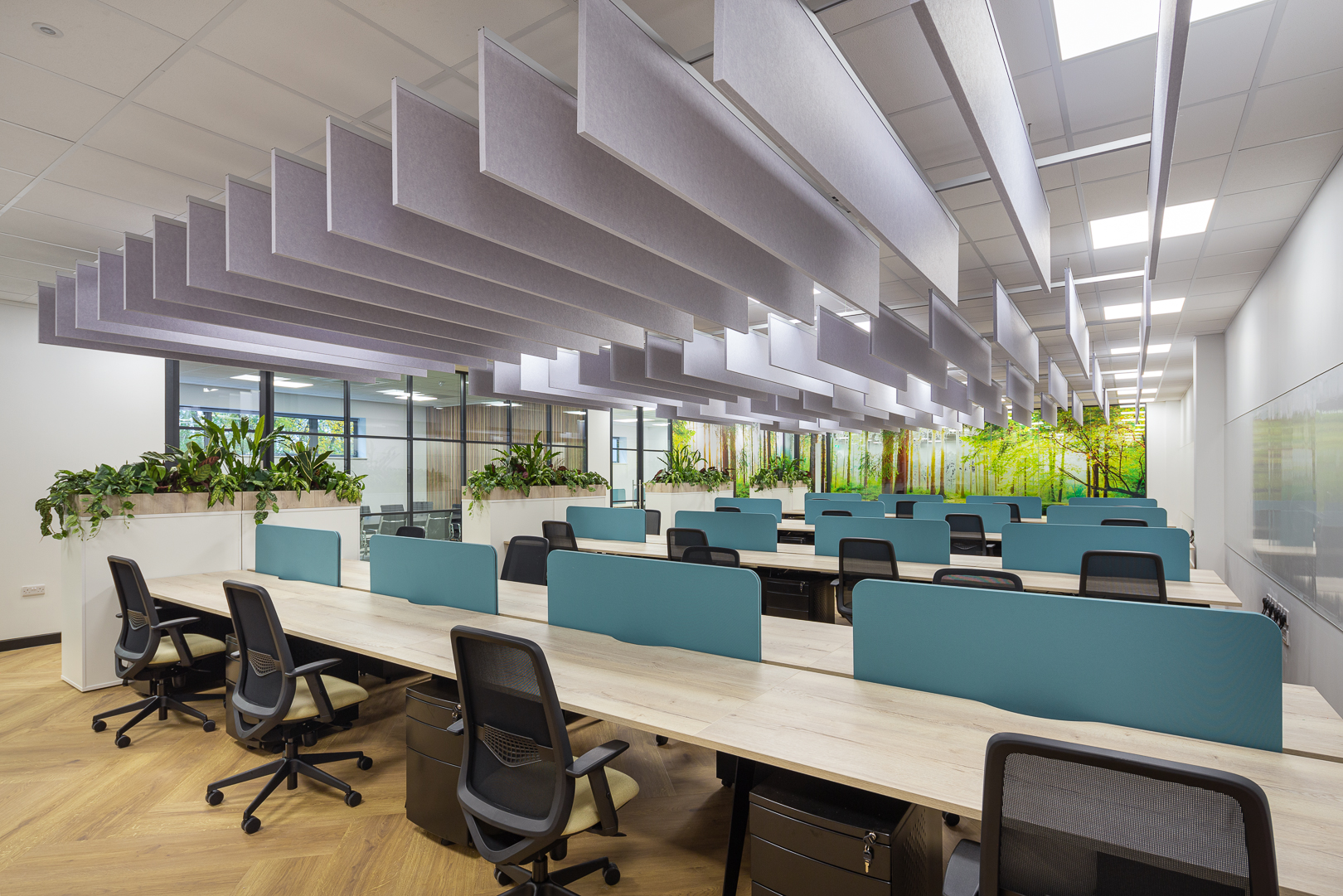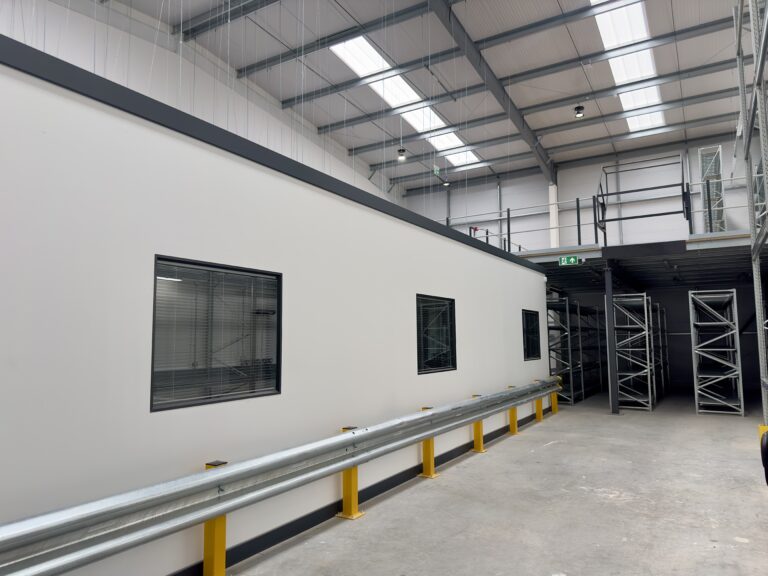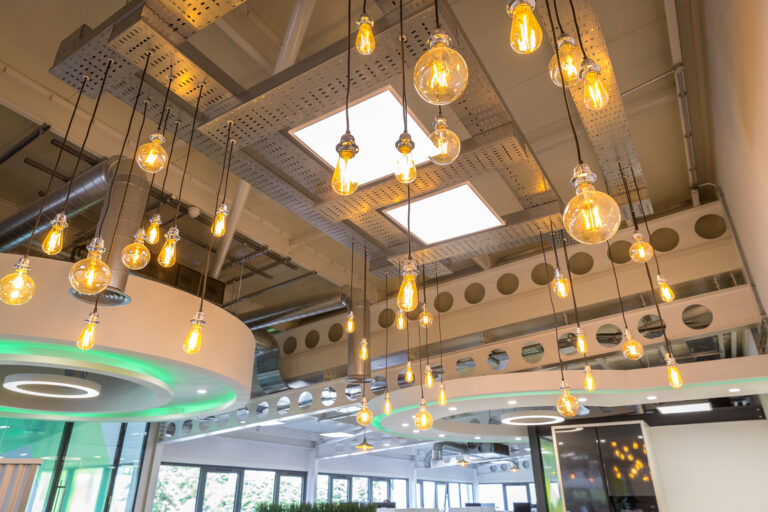Choosing the right office furniture begins with understanding how your team actually works, how they interact with the space and what kind of environment helps them perform at their best.
When selected carefully, office furniture can enhance wellbeing, encourage collaboration and contribute to an efficient workspace. In this guide, we explore how to make the right choices based on layout, working styles and long-term value.
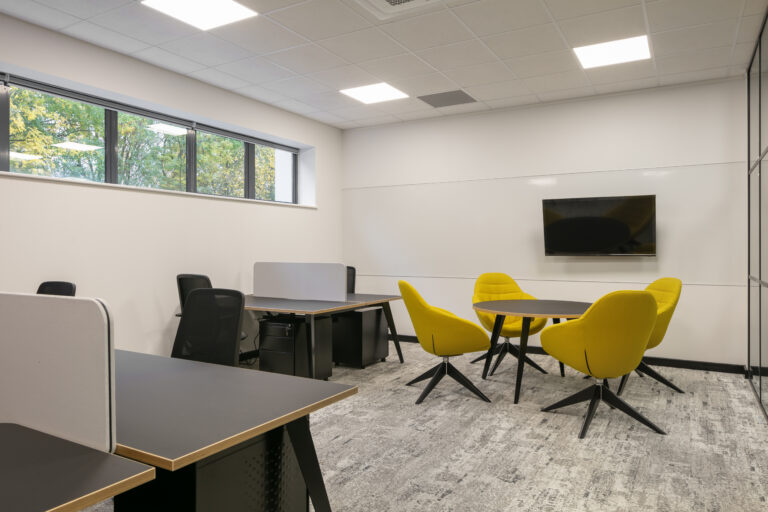
Space Planning
The first step is to understand how your team currently uses the space.
- Is the day mostly spent at desks?
- Are there frequent team meetings?
- Does hybrid working play a big role?
- Are there quiet areas for focused tasks and private phone calls?
- Do staff have somewhere to recharge or take informal meetings?
A well-designed workspace supports different working styles. Reflect on what your current space is missing and what you want your updated space to achieve. This will guide your furniture choices and help create an office that works for your team.
A Case Study: Using Furniture to Define Zones
Take a look at our project for SureScreen Diagnostics that demonstrates how space planning and carefully selected furniture can support a range of working styles.
Each space was designed with a clear purpose, and the furniture was chosen to match.
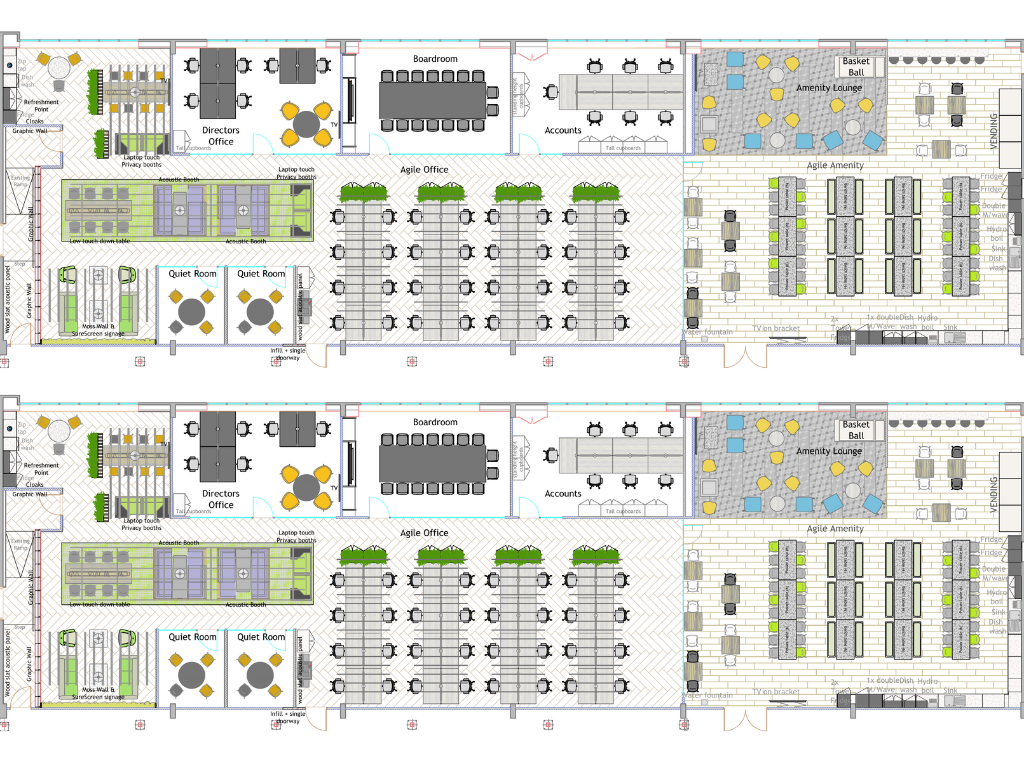
Here are a few examples of what works well in each setting:
Collaborative areas: benefit from four-person booths for group discussions or larger conference tables with integrated technology to support hybrid meetings.
Quiet zones: benefit from singular acoustic booths or phone booths to give staff a private space to focus or take calls without disruption.
Workstations: should include ergonomic desks and high-quality task chairs that support comfort, posture and productivity throughout the day.
Breakout areas: are ideal for soft seating, café-style tables or informal lounge setups that offer employees a place to recharge and connect.
When furniture reflects the needs of each space, teams can move easily between tasks and make more effective use of the office as a whole.

Key considerations
With such a variety of styles, features and price points, choosing office furniture can quickly become overwhelming. These key considerations will help you make confident, practical choices:
- Set a clear and realistic budget: Start by establishing what you are prepared to invest. Prioritise core items first such as desks, task chairs and boardroom furniture. Once the essentials are covered, you can explore additional design features to enhance the space.
- Put ergonomics first: Chairs with lumbar support, adjustable height and armrests are essential for long-term use. Sit and stand desks are also becoming more popular, offering employees more freedom to move throughout the day whilst supporting healthier working habits.
- Longevity: Well-made furniture may come with a higher initial cost, but it will last longer and maintain a professional appearance. In the long run, it can reduce replacement costs and contribute to more sustainable office practices by reducing waste.
- Brand aligned design: Furniture is also a creative opportunity. Colours, textures and layout choices can reinforce your brand values and create a more engaging workspace. Think feature seating in your brand colours, coordinated finishes in meeting rooms or statement pieces in breakout areas.
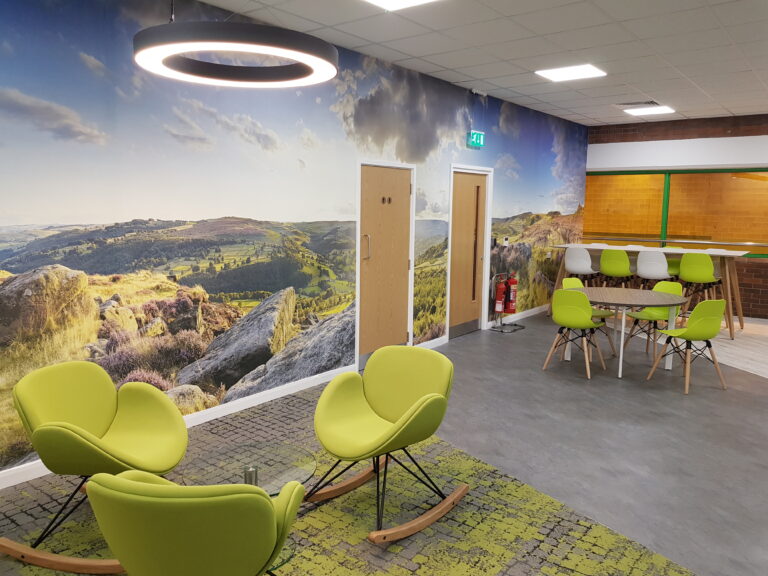
Final thoughts
Furniture plays a vital role in how your workplace feels and functions. It supports your team’s comfort, boosts productivity and creates the right impression for clients and visitors.
At DSP (Interiors), we take time to understand your people and your priorities before recommending the best furniture solutions. Whether you are planning a full fit out or refreshing part of your space, our goal is to create office tailored to your business.
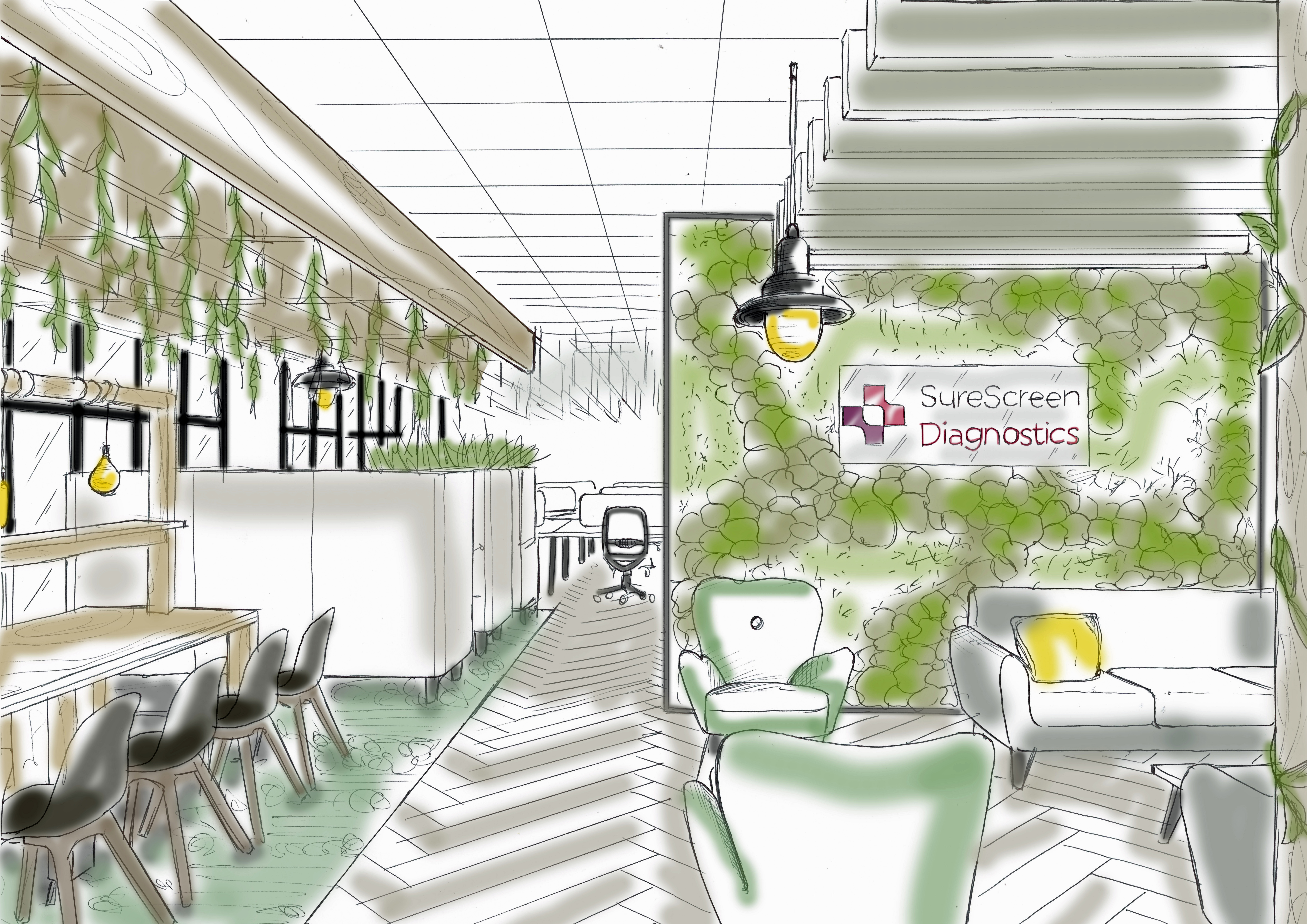
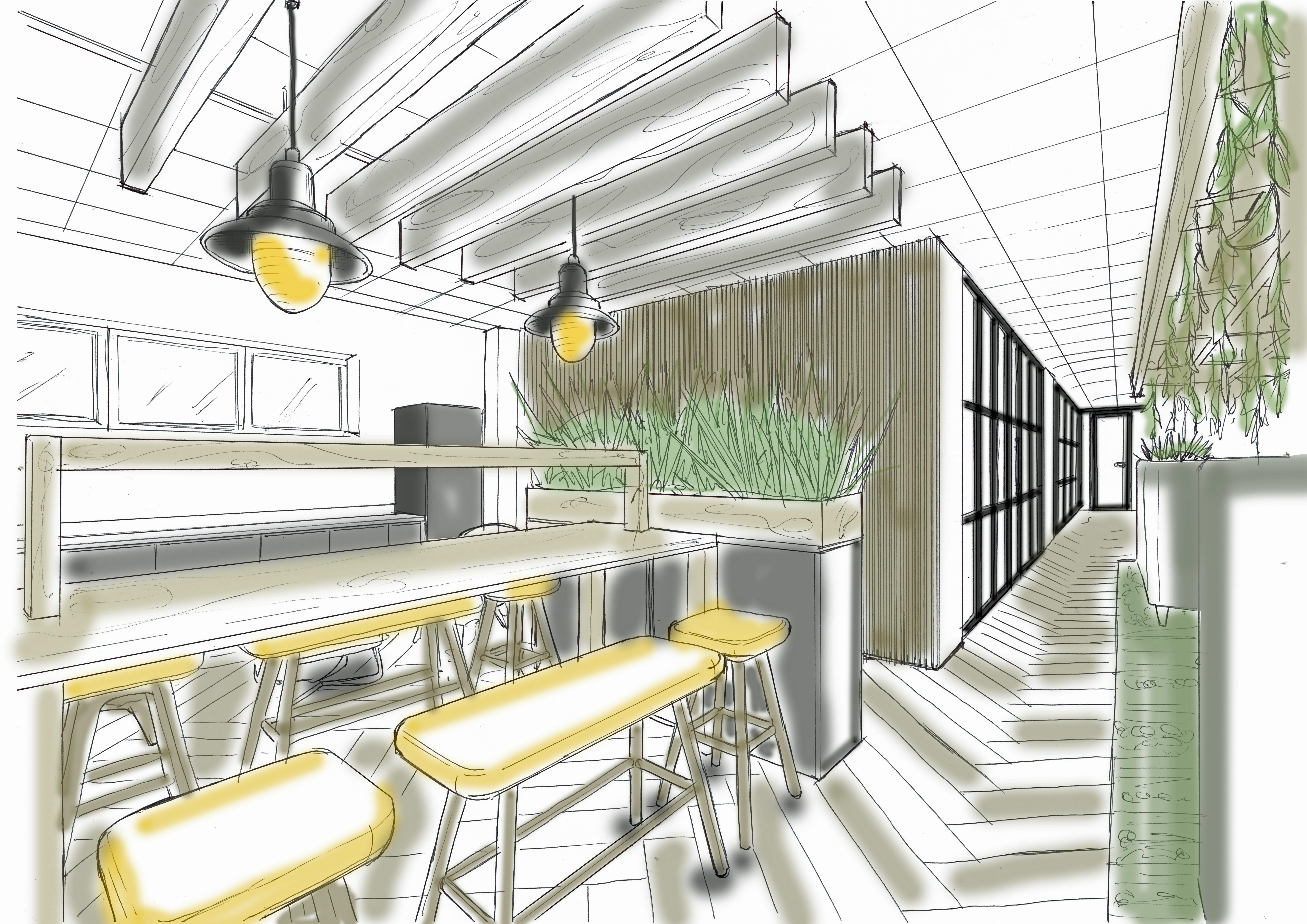
Want to find out more?
Email our experienced team at sales@dsp-solutions.co.uk to discover how we can help transform your office.


